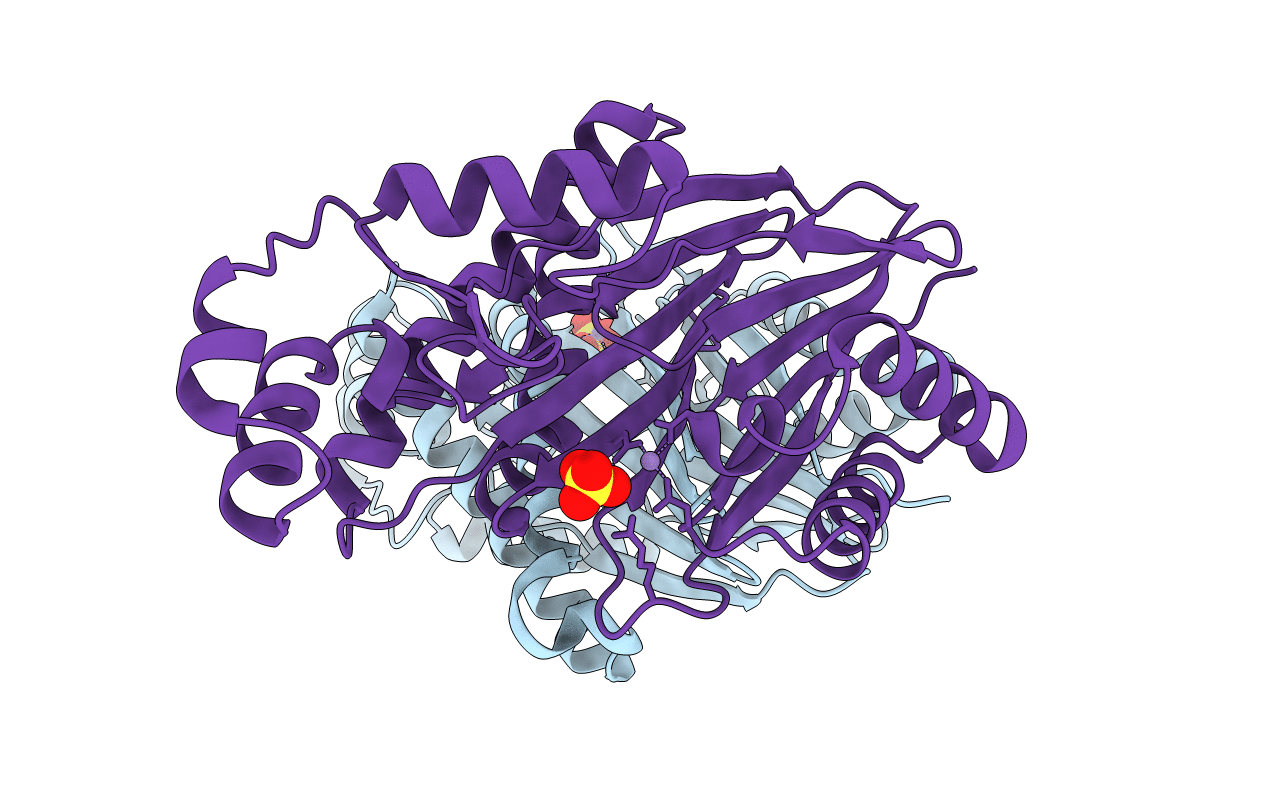
Deposition Date
2015-03-25
Release Date
2015-04-29
Last Version Date
2023-11-08
Entry Detail
PDB ID:
4YZG
Keywords:
Title:
Structure of the Arabidopsis TAP38/PPH1, a state-transition phosphatase responsible for dephosphorylation of LHCII
Biological Source:
Source Organism:
Arabidopsis thaliana (Taxon ID: 3702)
Host Organism:
Method Details:
Experimental Method:
Resolution:
1.60 Å
R-Value Free:
0.20
R-Value Work:
0.17
R-Value Observed:
0.18
Space Group:
P 1 21 1


